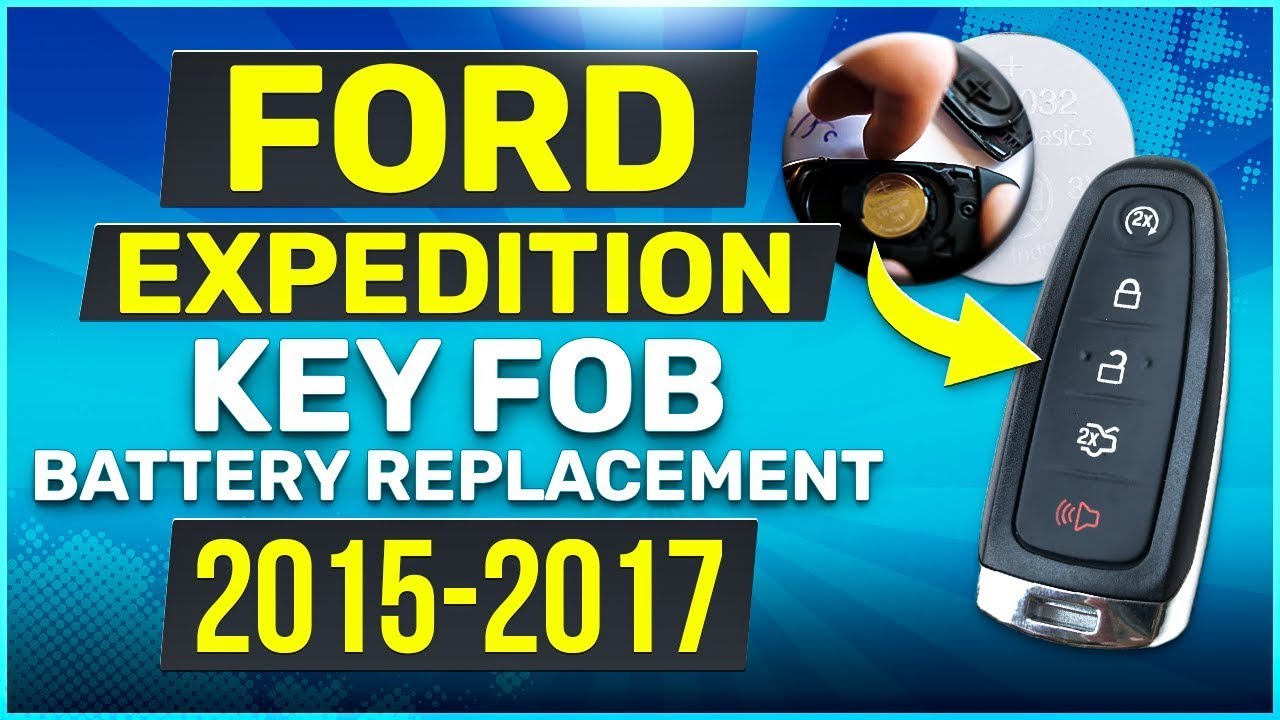Introduction
In this guide, I will walk you through the process of replacing the battery in your Ford Expedition remote key fob. This tutorial covers models from 2015 to 2017. If your key fob has been acting up or the battery is dead, follow these simple steps to get it working again.
- Plastic, Metal
- Imported
- IN THE BOX: 4-pack of CR2032 3 volt lithium coin cell batteries; replacement for BR2032, DL2032, and ECR2032
Gather the Necessary Tools
Before starting, ensure you have the following items:
- CR2032 coin battery
- Small flat-head screwdriver or paperclip
Remove the Valet Key
To begin, turn the key fob over. Locate the latch that secures the valet key. Pull down on the latch to release the valet key and remove it from the fob.
Separate the Key Fob
Next, you need to separate the key fob to access the battery. Look for the seam that runs around the edge of the fob. This is where you’ll insert the valet key to pry it open.
Insert the valet key into the slots located on the side of the fob. Use it to gently pry the two halves apart. Work your way around the fob until the back cover pops off. Be careful not to damage the circuit board inside.
Remove the Old Battery
With the back cover removed, you will see the battery housed in the fob. The negative side of the battery should be facing up. There is a small metal piece holding the battery in place.
Use a small flat-head screwdriver or a paperclip to carefully pry the old battery out of its compartment.
Install the New Battery
Take your new CR2032 coin battery. Ensure the positive side (marked with lettering) is facing down and the negative side is facing up. Place the new battery into the compartment.
Ensure the battery is securely in place and the metal contact is holding it properly.
Reassemble the Key Fob
Once the new battery is installed, align the back cover with the front part of the fob. Press the two halves together until they snap back into place.
Finally, reinsert the valet key into its slot. Your key fob should now be fully functional with the new battery.
- Plastic, Metal
- Imported
- IN THE BOX: 4-pack of CR2032 3 volt lithium coin cell batteries; replacement for BR2032, DL2032, and ECR2032
Conclusion
Replacing the battery in your Ford Expedition remote key fob is a straightforward process. With just a few tools and a new CR2032 battery, you can quickly restore your key fob to working condition.
If you need to purchase a CR2032 battery, you can find them online or at most electronics stores. Keeping a spare battery on hand can save you time and hassle in the future.
FAQ
What type of battery does the Ford Expedition key fob use?
The Ford Expedition key fob uses a CR2032 coin battery.
- Plastic, Metal
- Imported
- IN THE BOX: 4-pack of CR2032 3 volt lithium coin cell batteries; replacement for BR2032, DL2032, and ECR2032
How often should I replace the key fob battery?
Typically, key fob batteries last between 2 to 3 years. If you notice reduced range or intermittent functionality, it’s time to replace the battery.
Can I use any CR2032 battery for the replacement?
Yes, any CR2032 battery will work. However, it’s best to use a high-quality brand to ensure longevity.
Do I need to reprogram the key fob after replacing the battery?
No, replacing the battery does not require reprogramming the key fob. It should work immediately after the new battery is installed.
What should I do if the key fob still doesn’t work after replacing the battery?
First, check if the battery is installed correctly. If it still doesn’t work, the issue might be with the key fob itself, and you may need to consult a professional.


